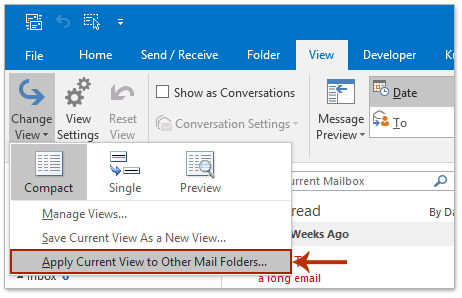

Note Unlike the Read-only attribute for a file, the Read-only attribute for a folder is typically ignored by Windows, Windows components and accessories, and other programs. As a result, these programs may not be able to save files to the folder.


Some programs may display error messages when you try to save files to a folder that uses the Read-only or System attribute. However, the Read-only attribute is not changed for the folder or its subfolders. If you click Apply changes to this folder, subfolders, and files, the Read-only attribute is changed for all files in the folder and all files in the subfolders. However, the Read-only attribute is not changed for the folder, its subfolders, or any files in its subfolders. If you click Apply changes to this folder only, the Read-only attribute is changed for all the files in the folder. You have chosen to make the following attribute changes:ĭo you want to apply this change to this folder only, or do you want to apply it to all subfolders and files as well? When you click OK or Apply, you receive the following message:

You click to clear or click to select the Read-only check box on the General tab of a folder's Properties dialog box. When you view the General tab of a folder's Properties dialog box, the Read-only check box is not available, and there is no check box to change the System attribute. For example, you may experience the following symptoms: You cannot view or change the Read-only or System attributes of a folder by using the Properties dialog box for the folder. You may experience any of the following symptoms: This article is intended for advanced computer users. This article contains step-by-step instructions on how to use the Attrib command to work around the inability to view or to remove the Read-only or the System attributes of folders in Windows Server 2003, in WindowsXP, Windows Vista and in Windows 7. Lessįor a Microsoft Windows 2000, Microsoft Windows NT 4.0, Microsoft Windows Millennium Edition, Microsoft Windows 98, and Microsoft Windows 95 version of this article, see 256614. Windows 7 Enterprise Windows 7 Enterprise N Windows 7 Home Basic Windows 7 Home Premium Windows 7 Professional Windows 7 Professional N Windows 7 Starter Windows 7 Starter N Windows 7 Ultimate Windows 7 Ultimate N Microsoft Windows XP Professional Microsoft Windows XP Home Edition Microsoft Windows XP Professional 圆4 Edition Microsoft Windows XP Tablet PC Edition Windows Vista Home Basic 64-bit Edition Windows Vista Home Premium 64-bit Edition Windows Vista Ultimate 64-bit Edition Windows Vista Business Windows Vista Business 64-bit Edition Windows Vista Business N Windows Vista Business N 64-bit Edition Windows Vista Enterprise Windows Vista Home Basic Windows Vista Home Premium Windows Vista Ultimate More.


 0 kommentar(er)
0 kommentar(er)
